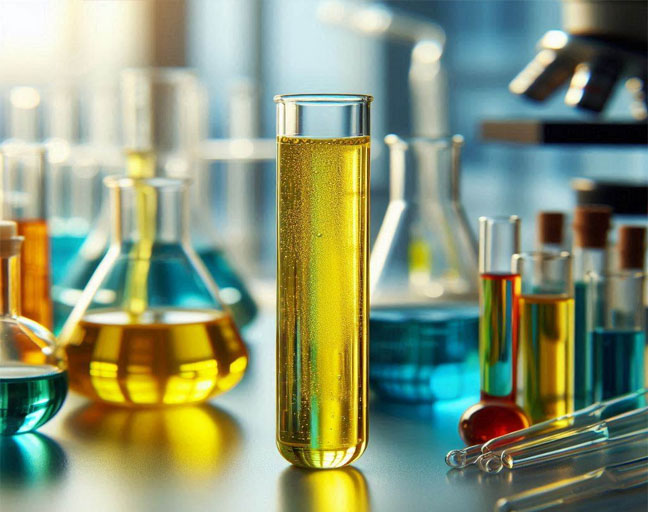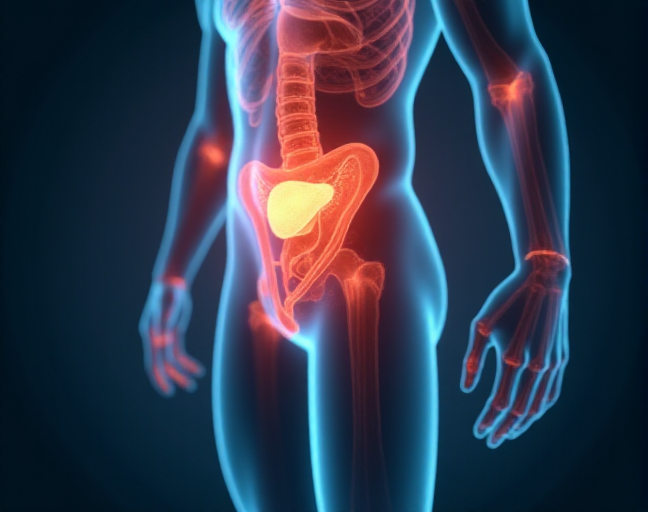Being a man comes with its perks, but it also means facing unique health challenges. One of these is the appearance of bloody mucus in your urine. It’s not something you should brush off because it could be your body’s way of waving a red flag. Let’s dive into what might be causing this and how you can tackle it head-on.
What Causes Bloody Mucus in Urine for Men?
1. Hemophilia
Hemophilia is a rare genetic condition where your blood doesn’t clot properly. Think of it as your body running out of band-aids for cuts and internal bleeding. This disorder can range from mild to severe, and men with a family history of hemophilia are at higher risk.
Other Symptoms: Continuous bleeding from cuts, gum bleeding, random nosebleeds, joint pain, and bruising.
Treatments:
- Replacement therapy (injection of clotting factors).
- Artificial hormones like desmopressin.
- Medications such as aminocaproic acid or tranexamic acid.
2. Urinary Tract Infection (UTI)
A UTI happens when bacteria from the digestive system sneak into your urethra, causing an infection. If untreated, it can lead to kidney issues. Alongside bloody mucus, you might feel pain while peeing, the need to go frequently, or pelvic discomfort.
Treatments:
- Antibiotics to fight the infection.
- Staying hydrated with water or cranberry juice.
- Phenazopyridine for pain relief.
3. Pyelonephritis (Kidney Infection)
This is when bacteria invade one or both of your kidneys. It’s like a full-scale assault on your urinary system and needs urgent care. People with weak immune systems, kidney stones, or an enlarged prostate are more vulnerable.
Other Symptoms: Fever, chills, back pain, nausea, and frequent, painful urination.
Treatments:
- Antibiotics and over-the-counter pain relievers.
- Rest and plenty of fluids.
- Surgery in severe cases.
4. Bladder Cancer
Bladder cancer is one of the most common cancers in men, especially those over 50. The risks are higher for smokers and people exposed to certain toxins. Bloody mucus could be one of the first signs.
Other Symptoms: Frequent urination, abdominal pain, fatigue, and difficulty peeing.
Treatments:
- Surgery to remove tumors.
- Radiation or chemotherapy.
- Biological therapy to boost your immune system.
5. Hydronephrosis
This condition occurs when your kidneys swell due to a blockage or poor drainage. Think of it as a plumbing issue inside your body. Causes include blood clots, tumors, or kidney stones.
Other Symptoms: Lower back or abdominal pain, fever, nausea, and difficulty urinating.
Treatments:
- Antibiotics to treat infections.
- Medications for pain relief and bladder issues.
- Catheters or stents to drain urine.
- Surgery for severe cases.
6. Gonorrhea
Gonorrhea, a sexually transmitted infection (STI), is caused by bacteria. It’s easily spread through sexual contact and can lead to complications if untreated.
Other Symptoms: Painful urination, swollen testicles, anal itching, abdominal pain, fever, and fatigue.
Treatments:
- Antibiotics prescribed by a doctor.
- Avoid sex during treatment to prevent spreading.
- Ensure your partner gets treated too.
7. Urethritis
This is the inflammation of your urethra, often caused by STIs, UTIs, or even harsh chemicals like soaps and lotions. If ignored, it can escalate into kidney or bladder infections.
Other Symptoms: Pain while urinating, tenderness around the penis, and abdominal discomfort.
Treatments:
- Antibiotics to clear infections.
- Anti-inflammatory medications like ibuprofen.
- Drinking plenty of fluids and avoiding irritants.
8. Epididymitis
Epididymitis is the swelling of the tube that carries sperm from your testicles. It’s usually caused by bacterial infections, often linked to STIs.
Other Symptoms: Testicle pain and swelling, groin pain, fever, and swollen lymph nodes.
Treatments:
- Antibiotics to fight infections.
- Pain relievers and anti-inflammatory drugs.
- Surgery for severe cases.
9. Bladder Stones
Bladder stones form when minerals in your urine crystallize. They can block urine flow and cause nerve damage or infections.
Other Symptoms: Cloudy urine, lower abdominal pain, and difficulty peeing.
Treatments:
- Drinking plenty of water to flush small stones.
- Breaking up larger stones using medical procedures.
- Surgery for stubborn cases.
Wrapping It Up
Bloody mucus in urine isn’t something to ignore. Whether it’s a minor infection or a sign of something more serious, addressing the issue promptly can make a world of difference. If you’re experiencing any of these symptoms, don’t hesitate to consult a healthcare professional. Your health is worth it—always!


